How to Ship 41 Product Updates, Improve Usability, and 20x Your Team Engagement in 2 Weeks
Most B2B SaaS tools are pretty complex. They’re complex because they’re powerful, but that doesn’t mean they should be hard to use. Design debt and product inconsistencies are like technical debt — they build up slowly almost without notice. Especially for brand new users, these inconsistencies and complexities can make your product intimidating and decrease their likelihood of success.
Like many SaaS companies, Heap faced these problems too. Through research interviews, NPS surveys, and conversations with prospects and customers, we discovered that some users found parts of Heap hard to use. This was especially true for new and casual users. It was clear we needed to improve the experience for these users, but it can be hard to fit small, tactical usability improvements onto a roadmap when they’re competing with large, strategic initiatives.
We needed to come up with a plan to improve usability for new users while still keeping on track with building new features and meeting our other OKRs. More importantly, we wanted to create a plan that empowered and excited teams to balance these priorities on an ongoing basis.
So we made a plan, executed on it, and ended up with 41 improvements in a single sprint. If you’re interested in seeing some of the specific features and improvements we built, keep reading for a few examples or check out August’s New Features.
So how did we do it? Introducing…
Extreme Makeover: Heap Edition sprint
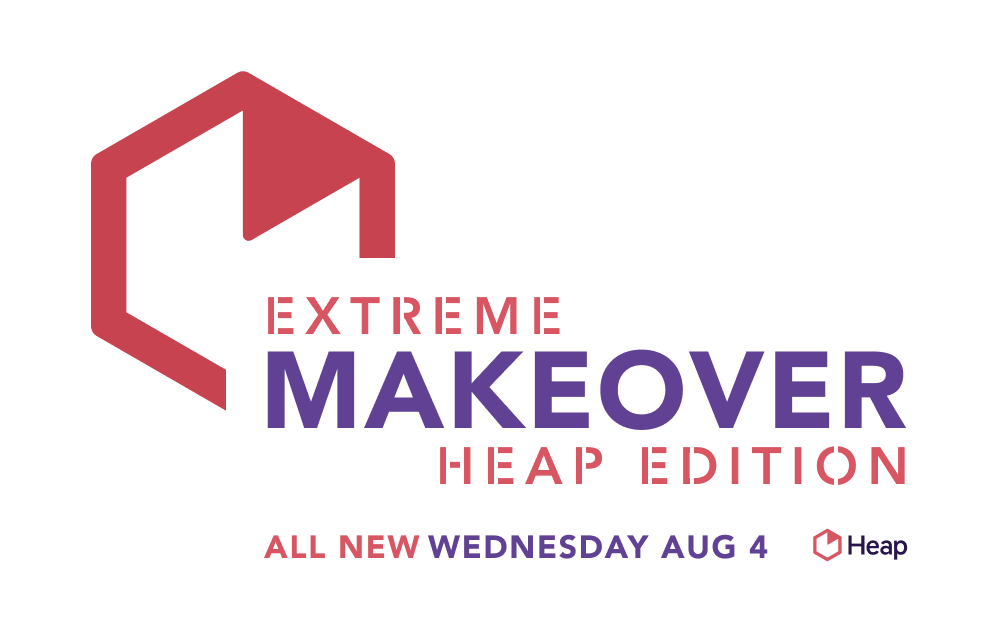
Extreme Makeover: Heap Edition is Heap’s first company-wide sprint dedicated entirely to improving the product experience for new users. Two weeks can’t solve every product challenge, but it can make a surprisingly big dent. Other ongoing feature work was paused during this sprint, and there were fewer distractions because everyone was working toward the same goal.
Here is just a small sample of the bug fixes, improvements, and new features we shipped during the two weeks of our Extreme Makeover: Heap Edition sprint:
More obvious calls-to-action
(‘New Report’ button added near existing reports)
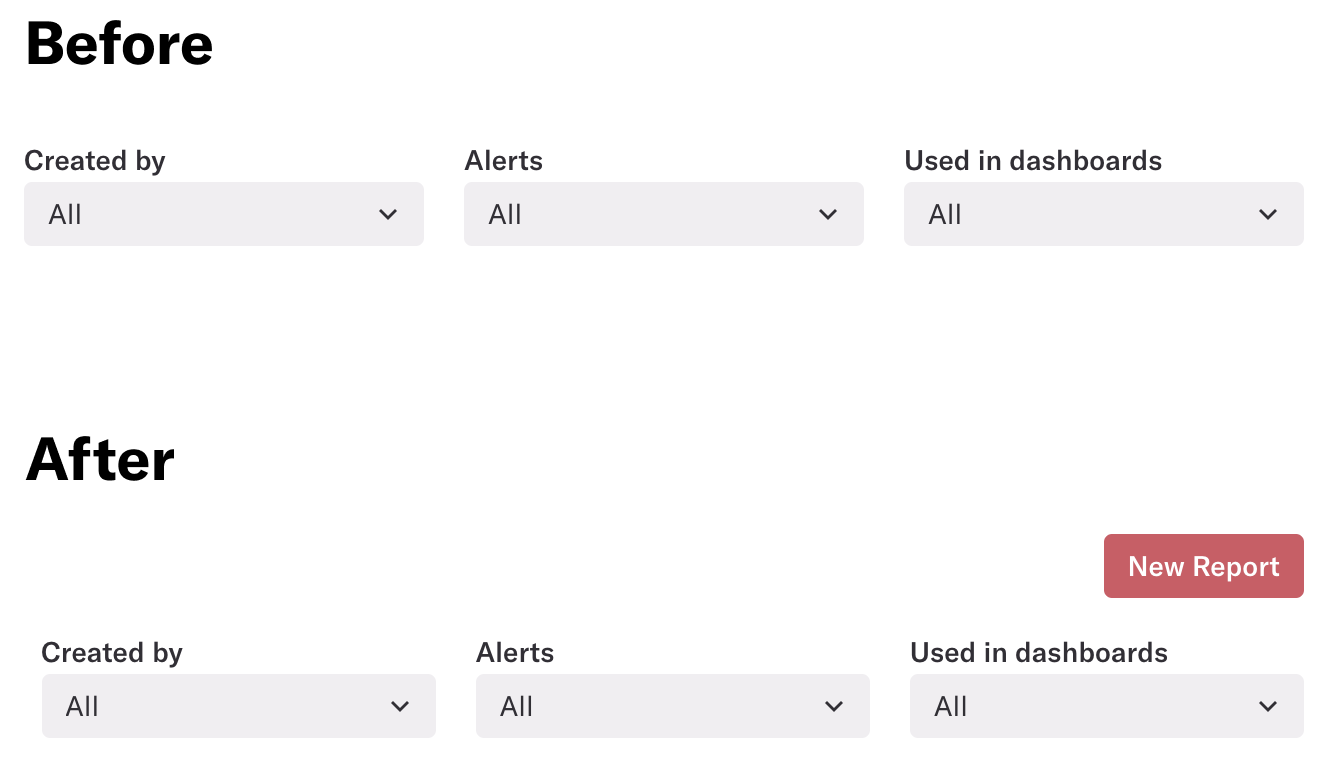
Better default behavior
(Retention Analysis updated from daily to weekly)
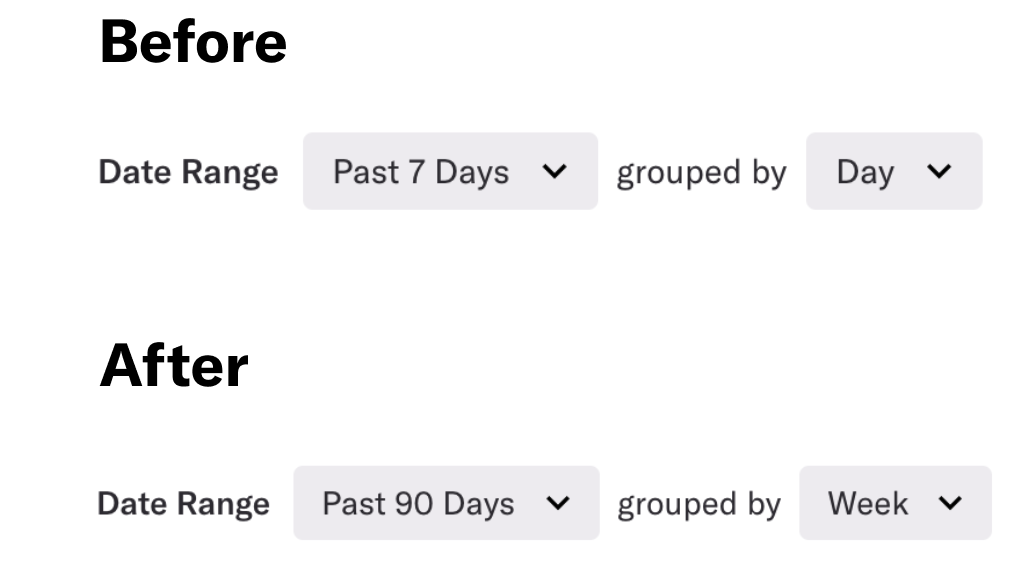
Better error and empty states
(Consistent ‘no data’ messages and clearer actions when there are no Definitions)
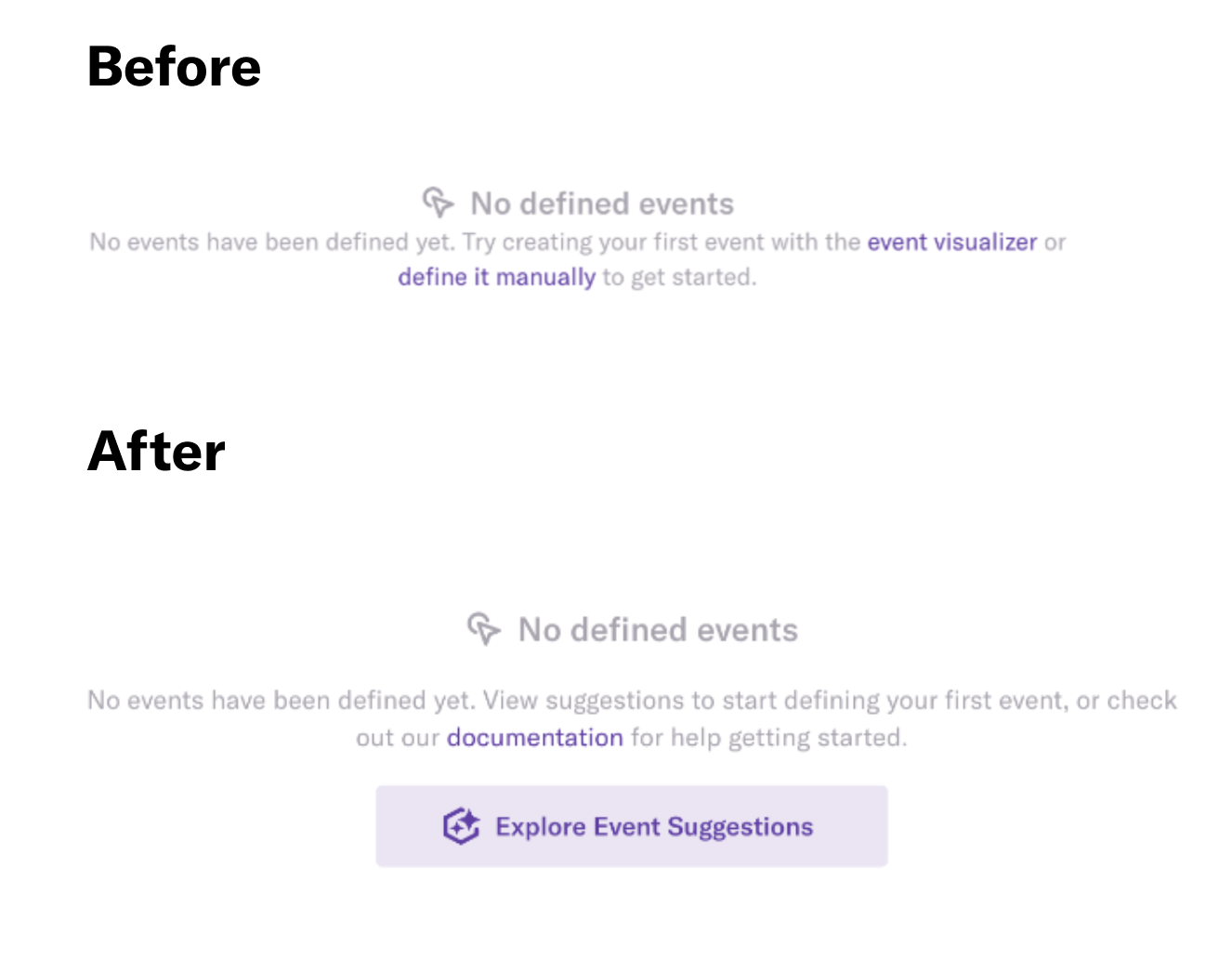
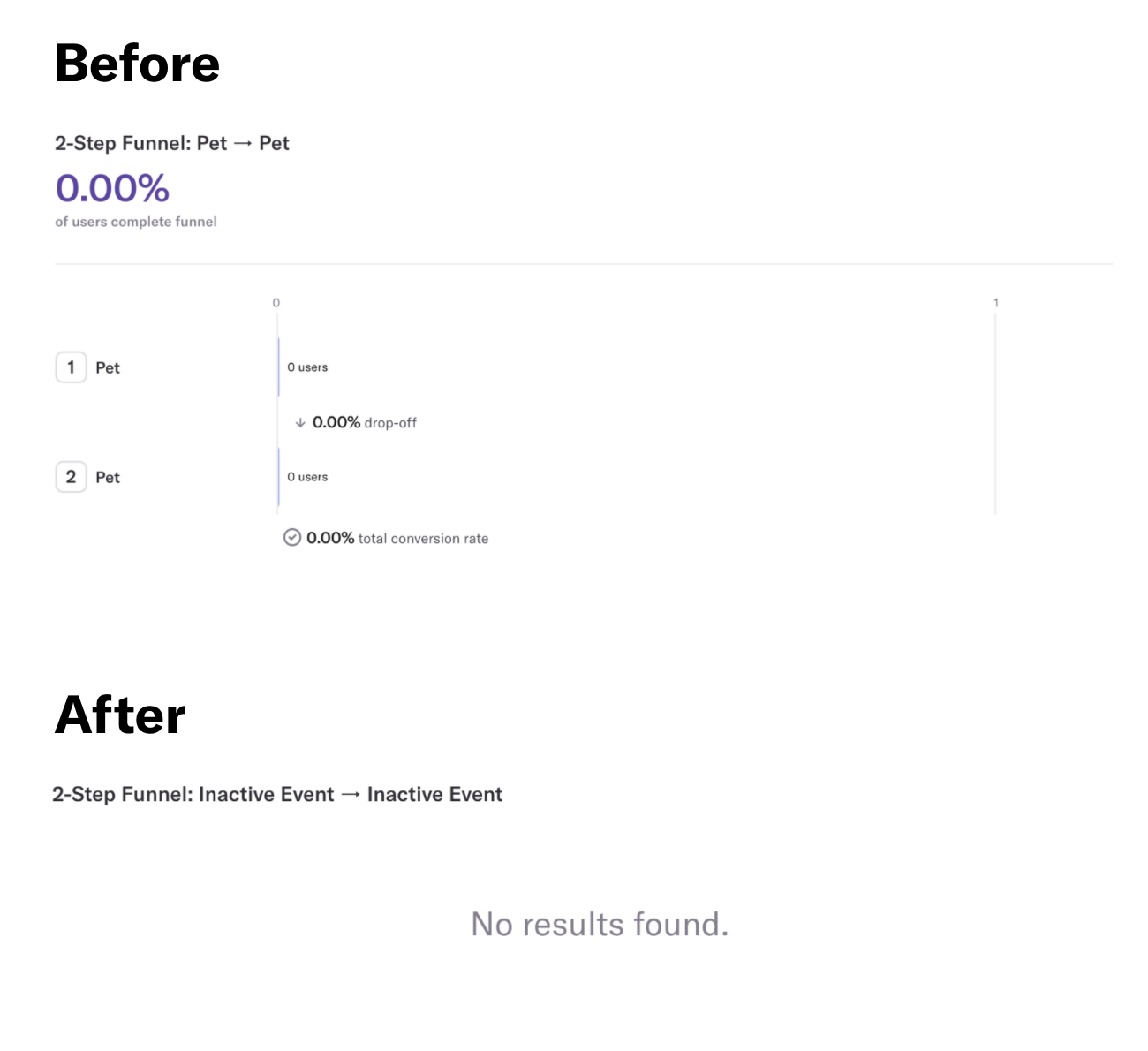
Quality of life improvements for power users
(Javascript syntax highlighting)

Guided setup
(Improved installation experience for Shopify users)
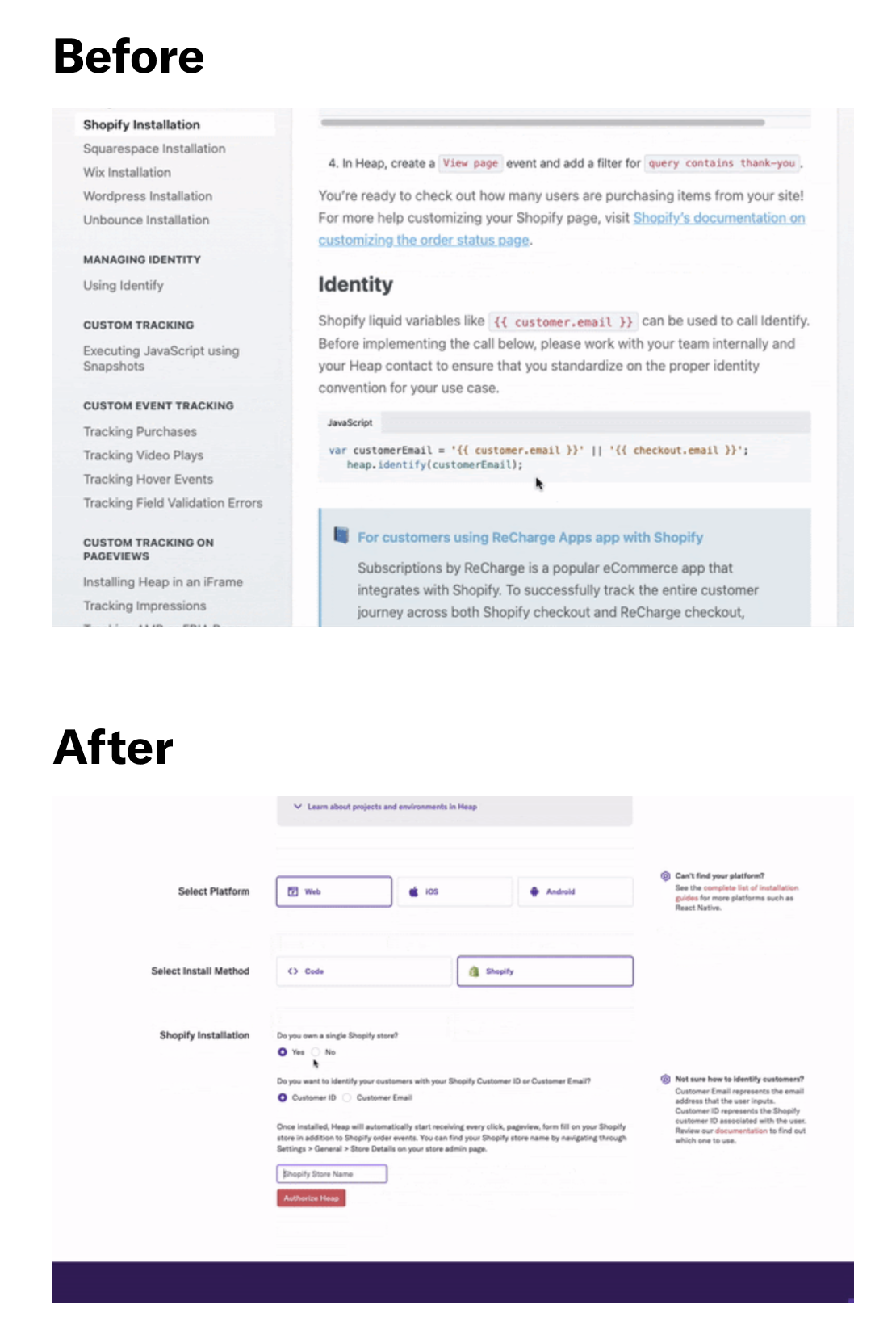
Immediate user feedback
(Added in-progress state for Report exports)
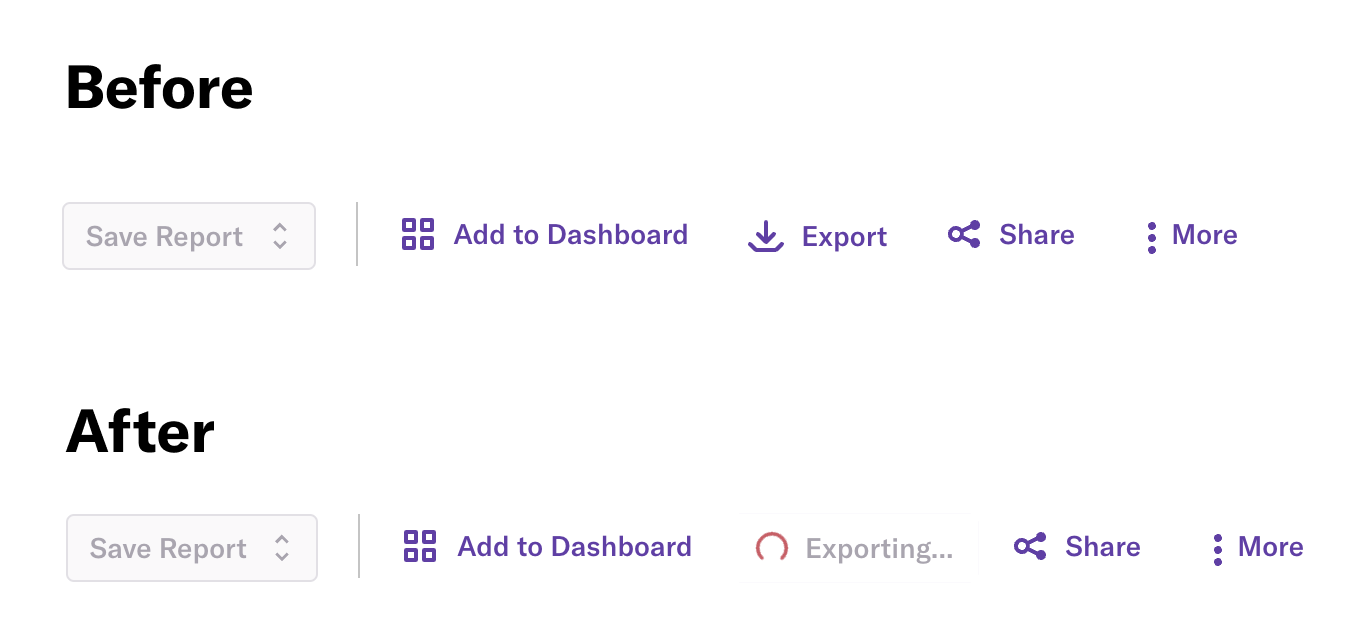
Smarter suggestions
(Auto-fill suggestions for URLs)
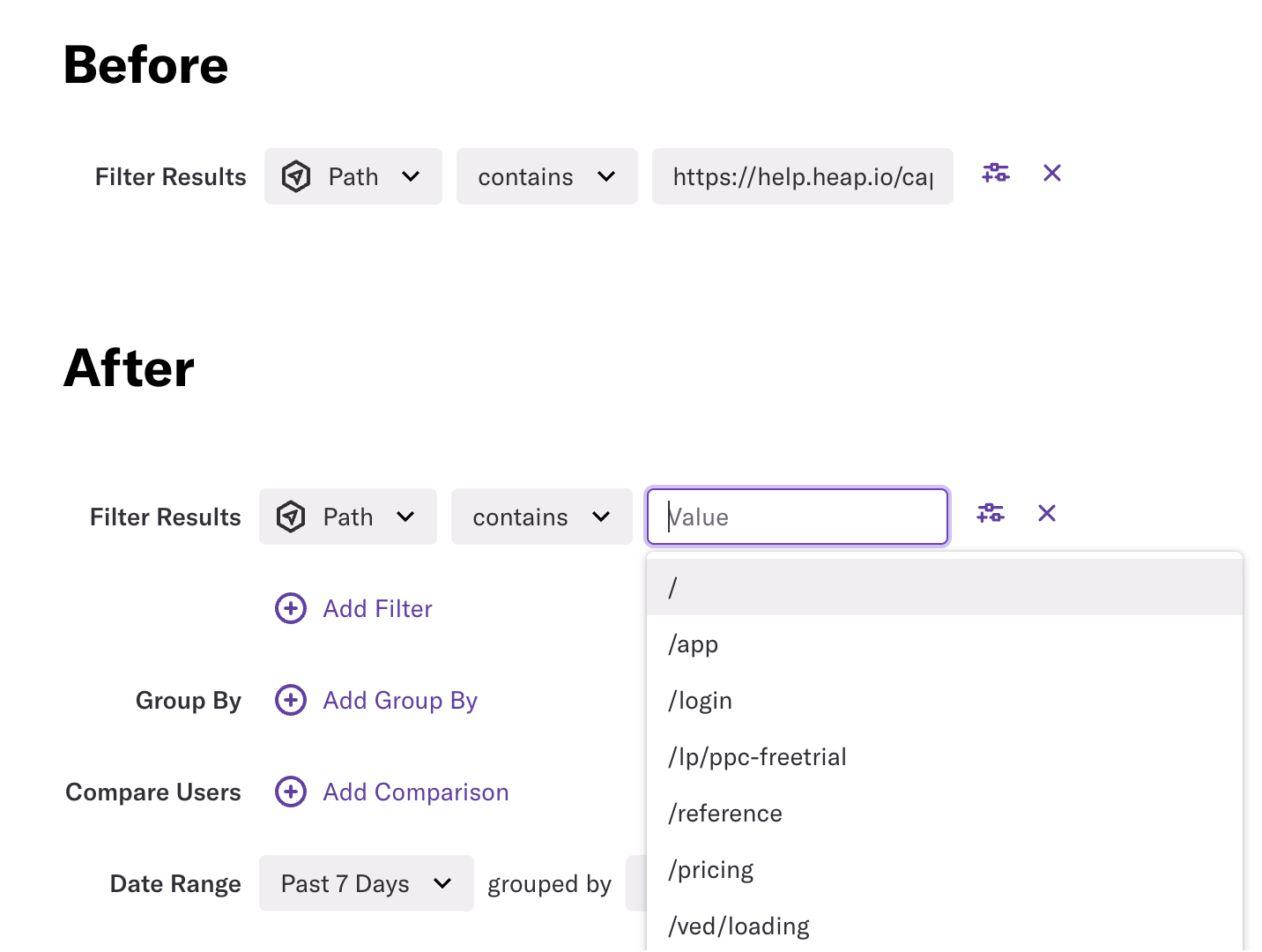
See all the changes for yourself inside Heap! ...and if you haven’t tried our platform out yet, start with a two-week free trial. Keep reading to learn how two weeks of focus can get your entire team aligned around the importance of design debt and make significant progress solving many of those small usability challenges.
Shooting the pilot
(planning the sprint)
The first step to improving usability is figuring out what is causing the problem in the first place. We needed to figure out how much of the usability problem could be solved by small, tactical updates that chipped away at our design debt. By combing through feature requests, running workshops with our PM and design teams, and revisiting previous Break the Product sessions (optional monthly team event that focuses on improving a single product area), we found nearly 500 opportunities related to usability.
Because we wanted to make a lot of progress quickly, we considered forming a team to focus exclusively on these issues. However, even if this team was temporary, the small group of people working on it would have felt isolated from the rest of the company and motivation would have been low since there were no big, interesting problems for the team to work on.
By focusing instead on a well-scoped, company-wide event, we were able to create a sense of camaraderie, set up structure for ongoing usability improvements by individual teams, and make quick progress. In order to make quick progress, we decided to entirely focus the development team on a single sprint of quick wins. This sprint would include every engineering team and allow input for other teams across the organization. Quick wins didn’t need to be limited to just visual changes. We hoped this sprint would lead to an immediate improvement of Heap’s usability as well as empower teams to make these improvements on an ongoing basis.
Once we knew how we were going to solve this problem, we needed a framework to figure out what to work on. Quick wins were defined as taking under two eng-days to build, having a clear solution, and improving usability. This allowed us to narrow our initial 500 options to under 100 likely candidates. To ensure we had the best list of features to start from, everyone at Heap was invited to submit quick wins that would then be prioritized by individual team PMs. We used the flowchart below to ensure everyone was on the same page about what to submit and what to prioritize.
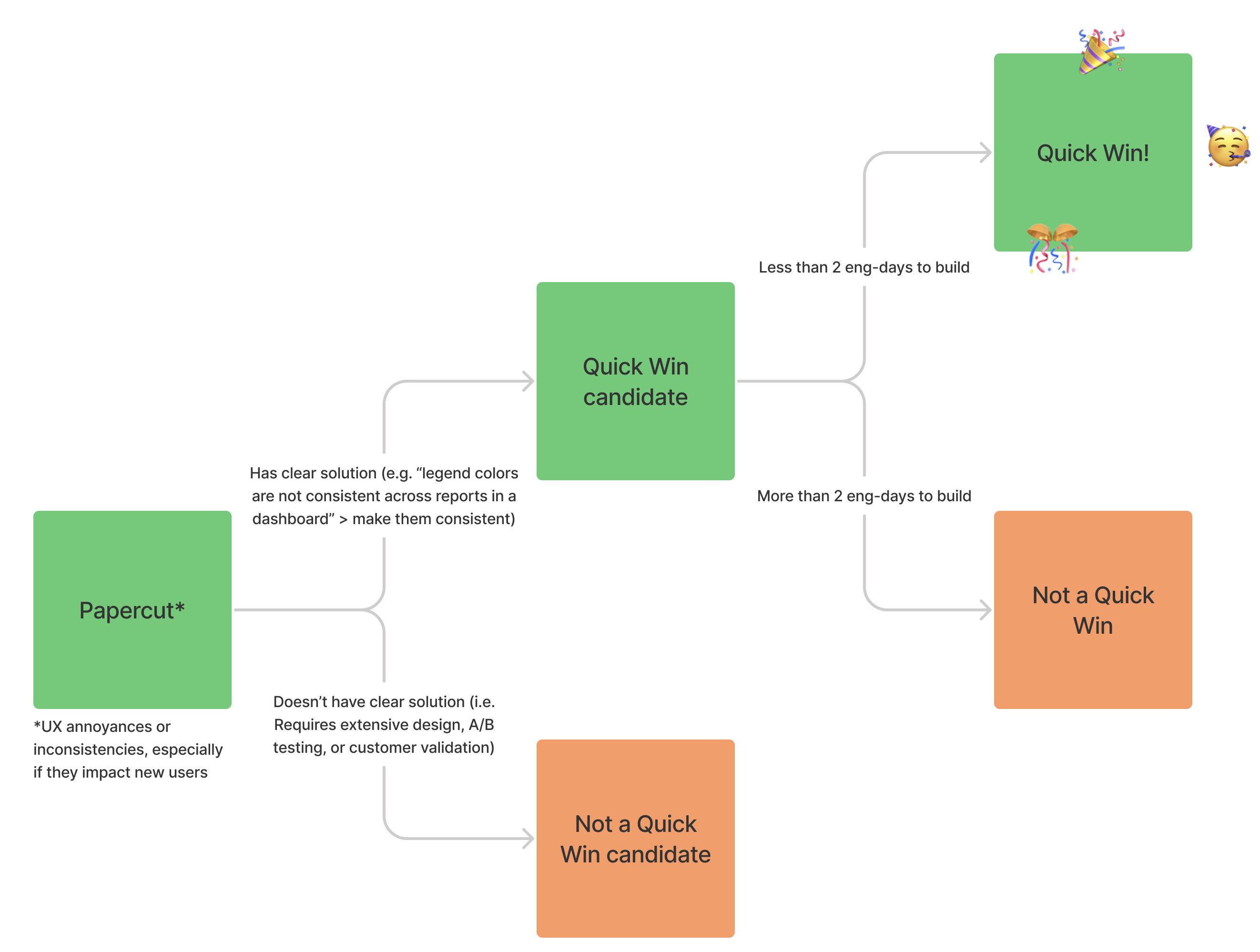
With this framework on how to think about quick wins, a handful of likely things to focus on, and a sprint date set, it was time to get the whole team excited. Because a sprint focusing on quick wins wasn’t quite as self-driven by engineers as a Ship Week or Hack Week, we wanted to make sure we did as much as possible to get buy-in from the whole organization. By making this a company-wide event, everyone was working toward the same goal.
The Premiere
(sprint kickoff)
By the time we had our kickoff, everyone was already aware that a company-wide sprint was happening and teams had already started to prioritize what they would be working on. This left plenty of time during the kickoff to review the timeline, remind everyone how to share their quick wins, and generally get everyone excited.
To get everyone into the spirit of improving Heap, the home improvement theme was part of everything we did. Succulents were sent out to everyone beforehand to do their own home improvement, and the kickoff meeting included a few rounds of HGTV-themed pictionary (we used https://gartic.io/).
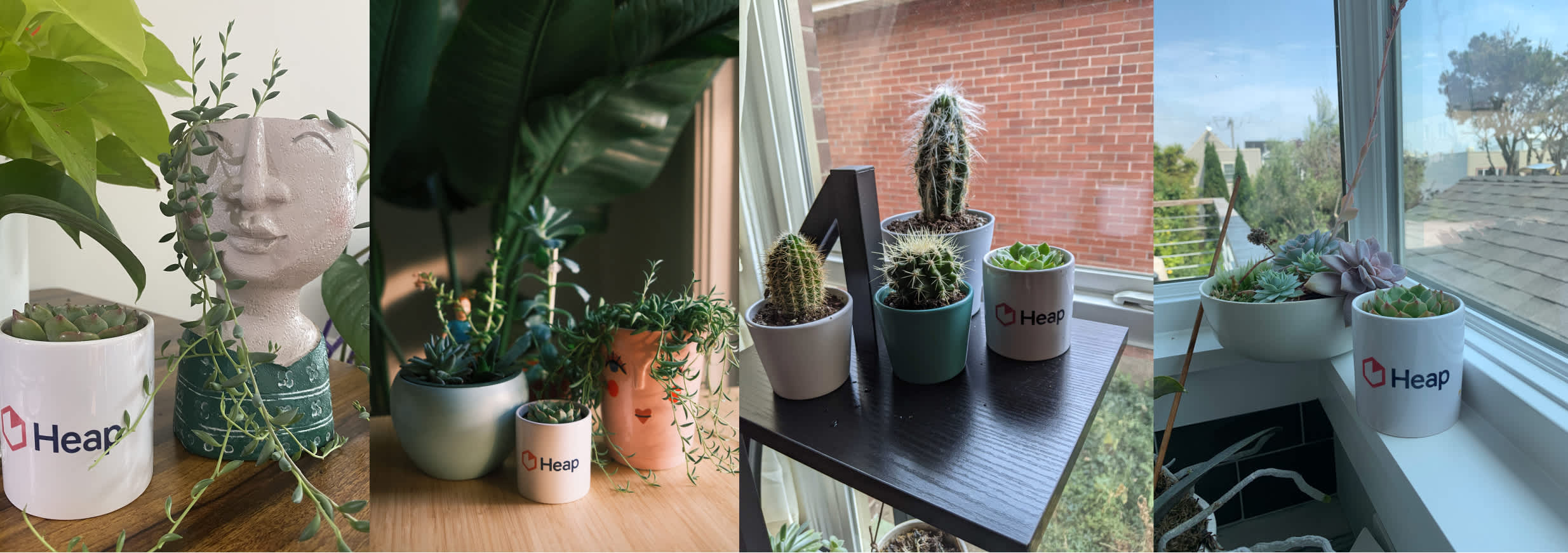
…and no good kickoff is complete without a full slide of memes.

With the sprint officially kicked off, keeping everyone engaged throughout the two weeks of the sprint became even more important. A little friendly competition proved just the way to do that.
Season 1
(the sprint itself)
Extreme Makeover: Heap Edition was happening at the same time as the Tokyo Olympics, so it was the perfect chance for another pop culture tie-in. This led to the Emoji Olympics. Heap has an internal Slack channel where we share information about feature launches and other product updates. It lets us see what is happening on other teams and is a great way to recognize everyone’s contributions.
Even the smallest quick win was cause for celebration during this sprint so we wrote a quick script to run in Slack to keep track of how many emoji responses each team’s posts received. The reward of bragging rights was enough to drive team camaraderie without enough ‘real’ stakes to impact the quality of the features being launched or create real rivalries between teams.

We even created custom Extreme Makeover-themed emojis for the Emoji Olympics.

With a little bit of competition, everything prioritized beforehand, and a clear goal of improving Heap’s usability for new users, teams were shipping updates to Heap at a pace that had rarely been seen before. By focusing on quickly fixable problems with clear solutions, there was little risk of breaking large parts of the product with the increased velocity.
Teams mainly focused on the product areas they were already familiar with, but the reduced risk and scope allowed them to be more open to experimenting in other areas. Design and PM teams helped with specific details that appeared during the sprint, but much of this was already solved through careful planning before kickoff. Individually, each of these changes seemed small, but in total, they built to a much more consistent, streamlined experience when using Heap.
With two weeks down and the sprint coming to a close, it was time to celebrate the countless improvements that were made.
Season finale
(demos and sprint review)

Because every engineering team was part of this sprint, our typical individual sprint reviews were replaced with a company-wide closing ceremony. The winning teams of the Emoji Olympics received their (virtual) medals, and every team was given time to show off all the improvements they worked on. In addition to recognizing everyone internally, we also invited a few Heap Champions (power users) to join in the festivities. These customers were able to see firsthand how their feedback was helping to improve the product they use everyday.
So with the sprint coming to a close, you’re probably wondering if all of this actually worked.
A brand-new Heap?
Extreme Makeover: Heap Edition led to over 40 feature launches, bug fixes, and product improvements as well as countless refactors. Of course, a two-week sprint isn’t going to solve every product challenge, but it did remove many of the rough edges and gave teams the tools they need to continue those improvements in the future.
It was clear from early feedback from the Heap Champions that some of the demos they saw solved many of the challenges they often faced in Heap.
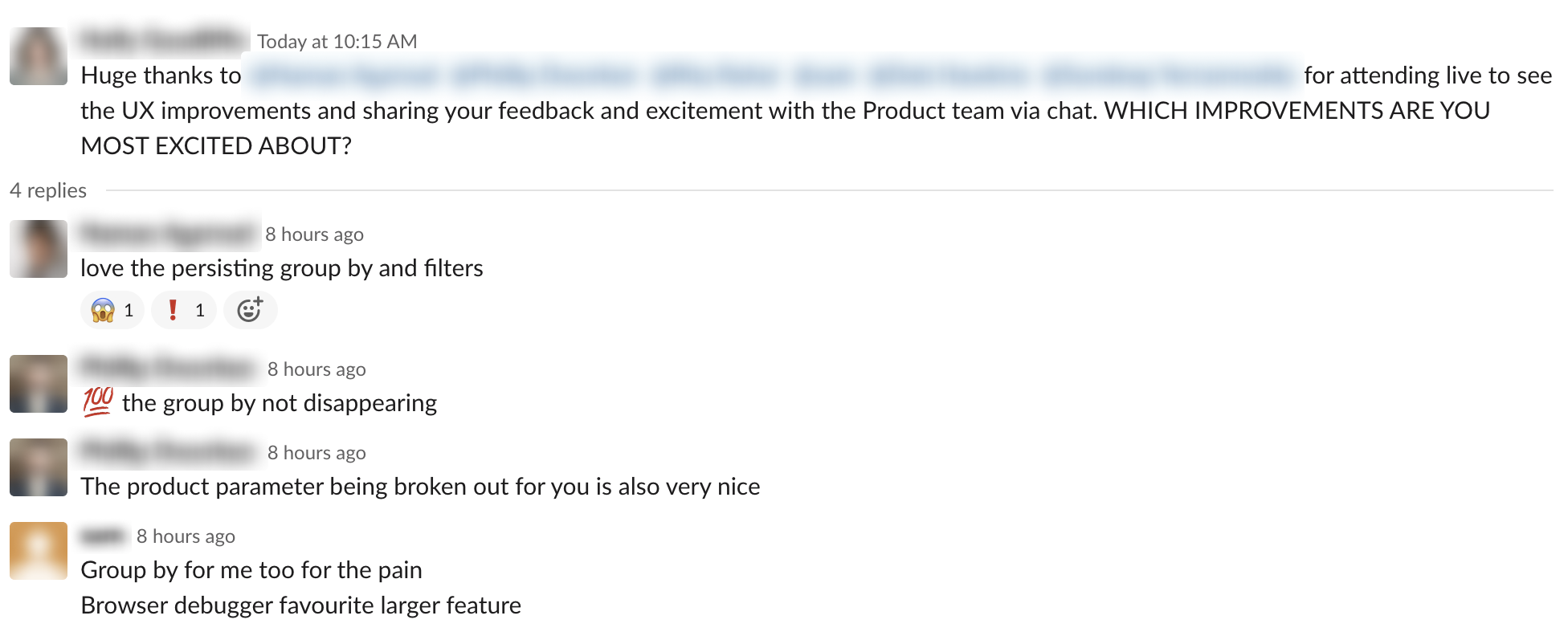
The details are not the details
Minor UI improvements don’t often get a lot of attention. Things are expected to work a certain way, so there is little celebration when they do.
This sprint provided a way to recognize a lot of improvements that may otherwise be ignored. Even the smallest bug fix became something to celebrate. By changing the expectation of what’s important in our product, it allowed everyone to be more focused on those details. As furniture and industrial designers Charles and Ray Eames wrote, “The details are not the details; they make the product”.
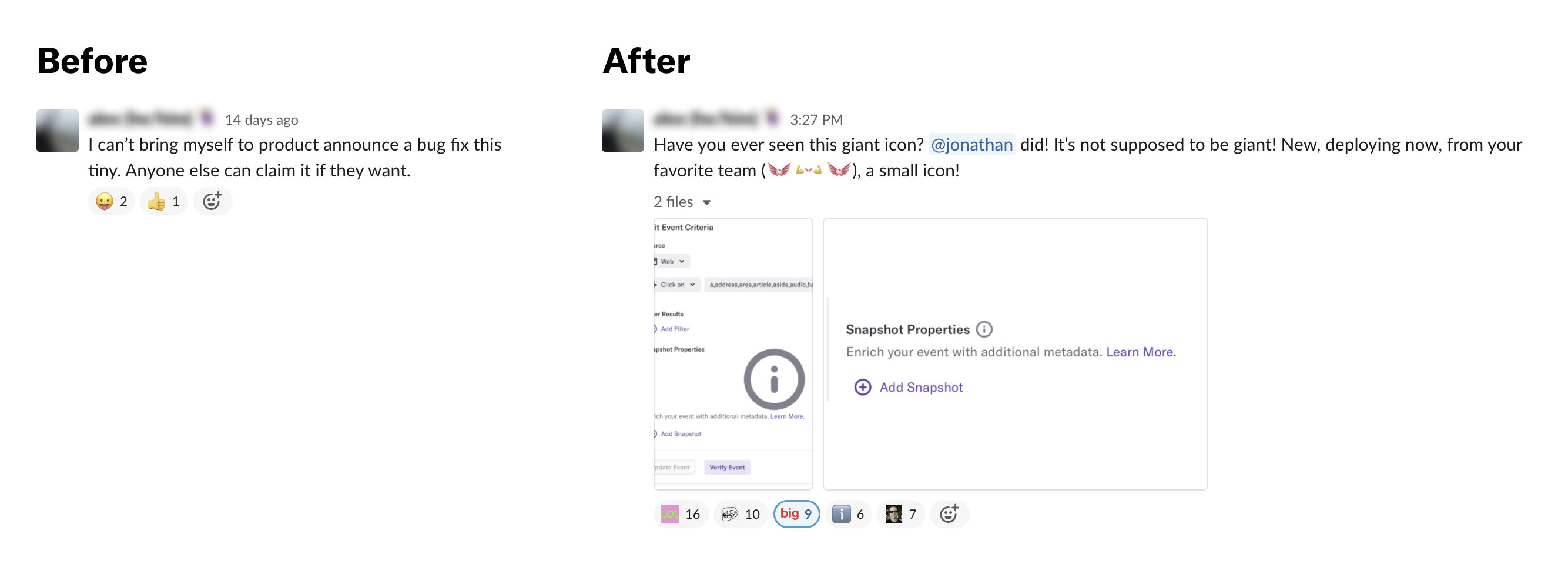
Empowered and engaged teams
Areas of the app with more legacy code or areas where teams felt less familiar became more accessible. Progress had been made in those ‘scary’ areas during this sprint, so why couldn’t that happen during any sprint?
Even though the number of posts and responses in our #product-announce Slack channel were not part of the Emoji Olympics, they still had ~14x more interactions than a typical sprint. A single day during this sprint led to as much recognition of what people are working on (in the form of emojis) as nearly an entire month.

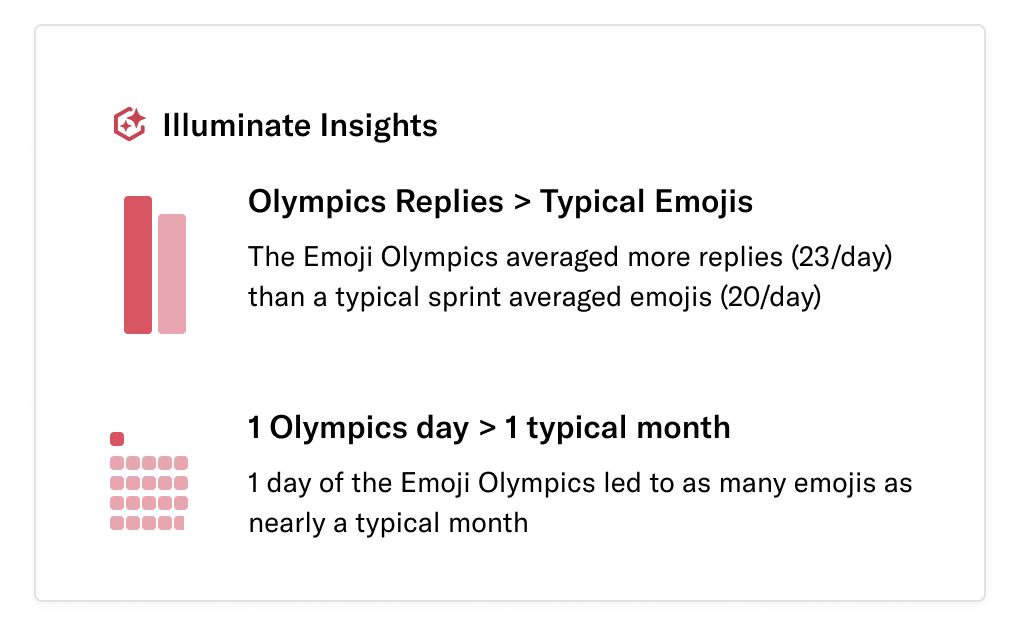

Even teams without engineers, like Data Science and Customer Lifecycle Marketing, got involved by sharing the improvements they made during these two weeks. Product usability and understandability relies on everyone to be successful.
Before the sprint, only a single team had a team logo. By halfway through the sprint, every engineering team had their own logo to rally around and some of them are now being turned into t-shirts.
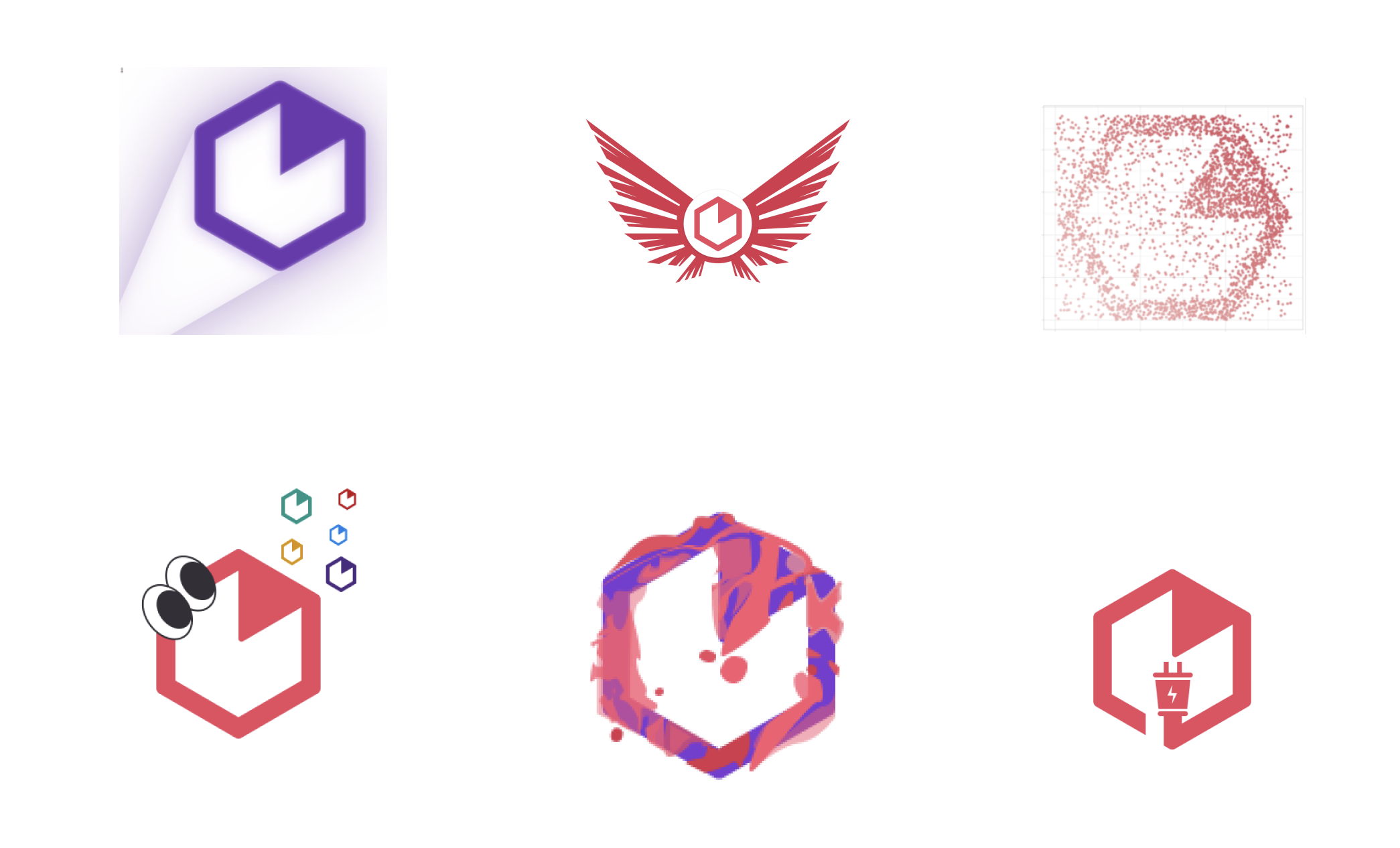
Using Heap to build Heap
Using Heap to build Heap isn’t new for us. Many of our product decisions are driven by Heap reports that show us how the product is being used. What is new is having such a clear understanding of how even these small changes can have a broad impact. A minor update to the empty state of our definitions page led to 5x more people starting to create definitions from this section of the app.
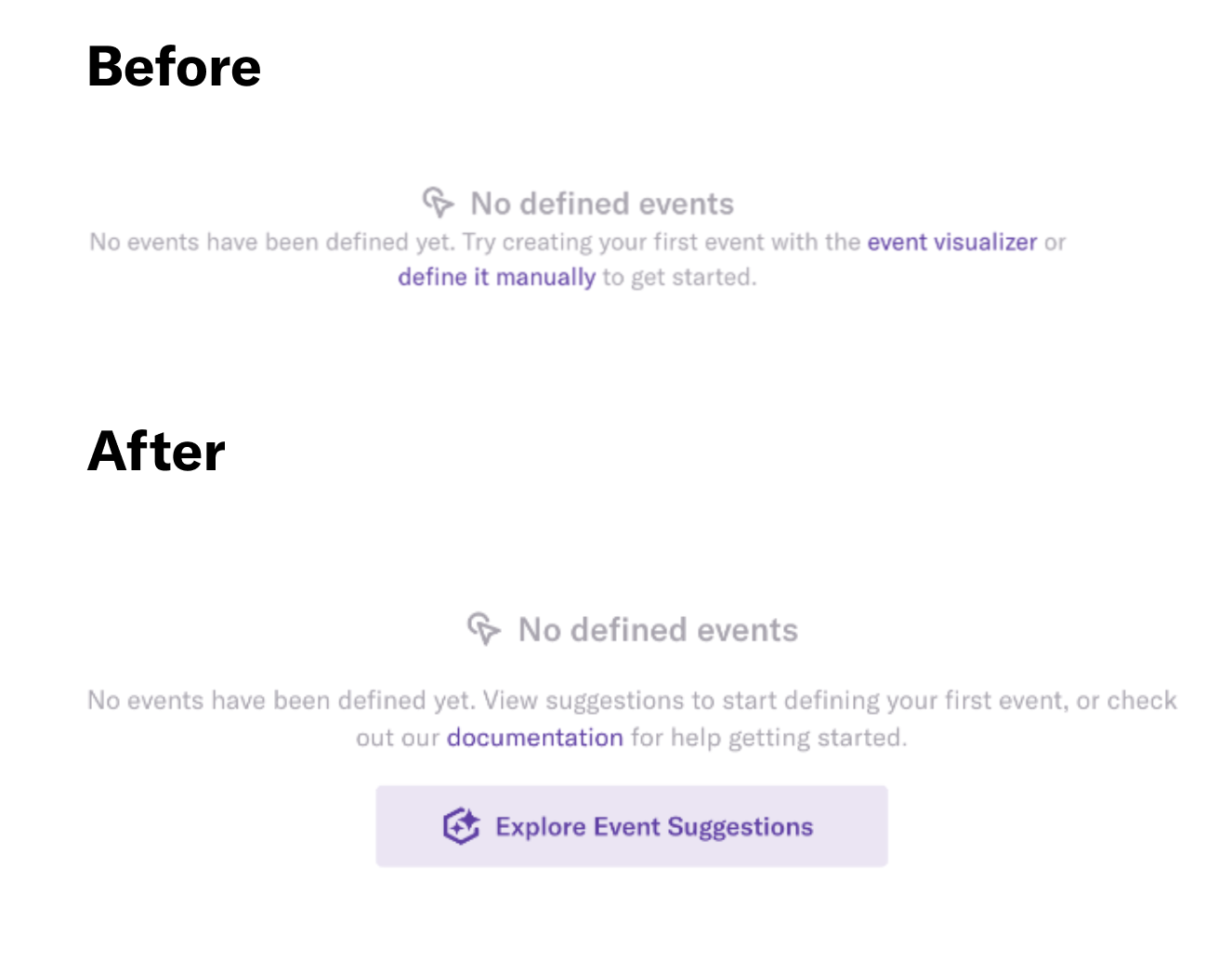

What happens next…
Keep making usability improvements to Heap of course! We’re continuing to evaluate the impact of some of these features, as well as continuing to gather feedback from customers. Like technical debt, design debt is never really 100% gone, but we now have a system in place to tackle it.
Teams are now tracking quick wins, building a backlog specific to their product area, and completing them on a regular basis. These quick win backlogs provide the source for ongoing usability improvements and an even stronger starting point for follow-up sprints dedicated to solving these challenges. Our long-term goal is to get to a point where sprints fully dedicated to quick wins aren’t even necessary. But in the meantime, Extreme Makeover: Heap Edition gave us a head start along that path.

